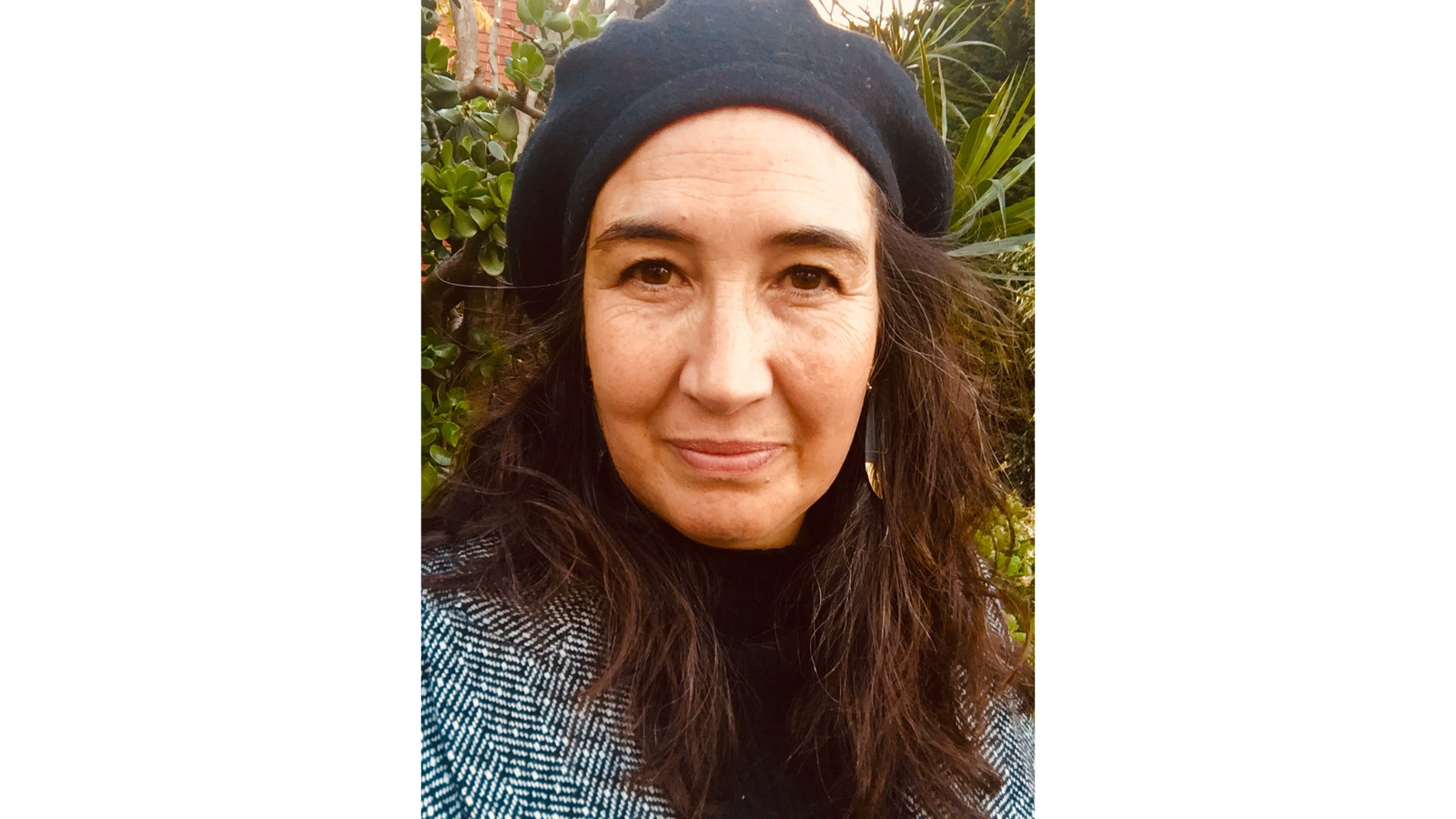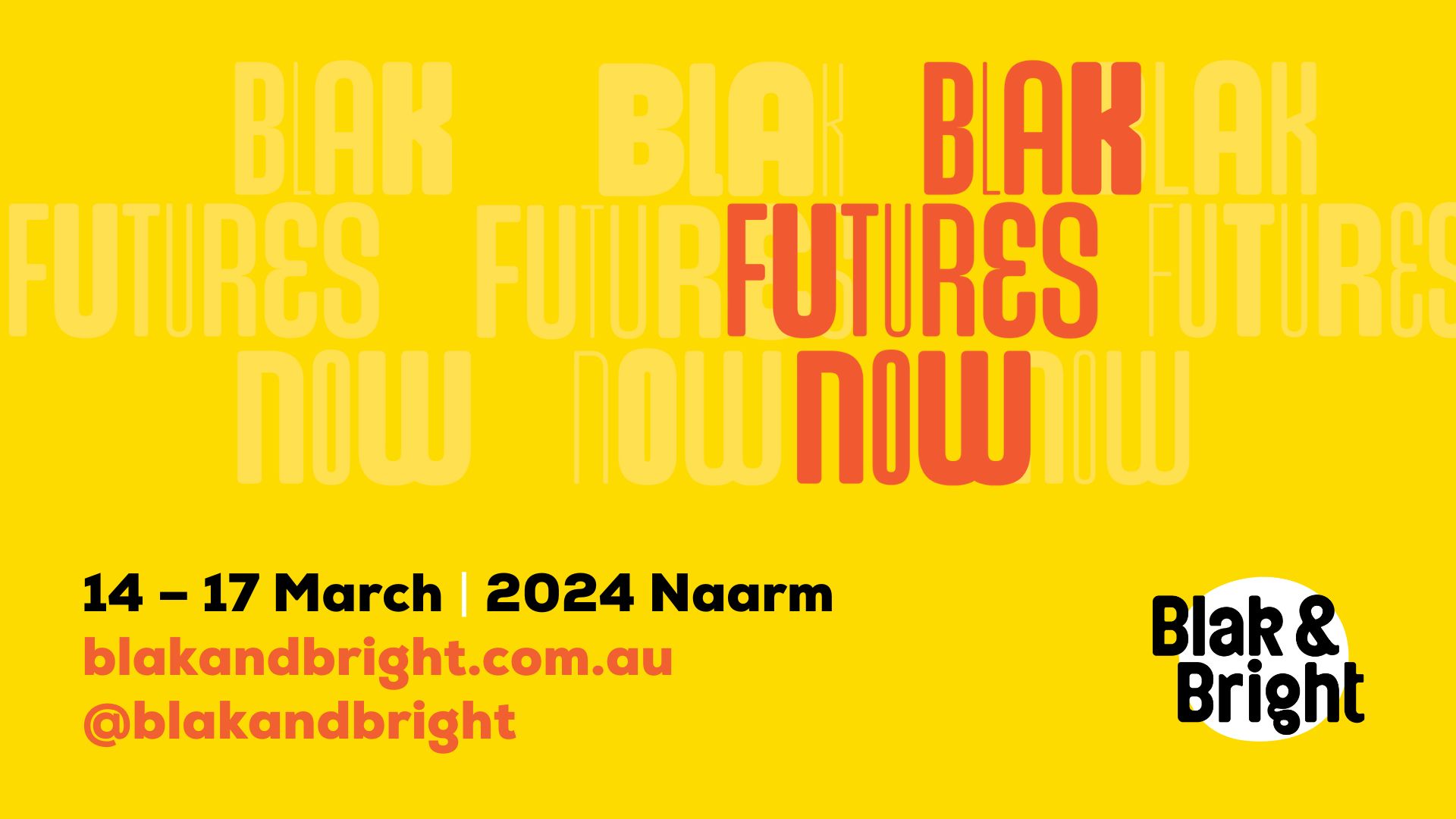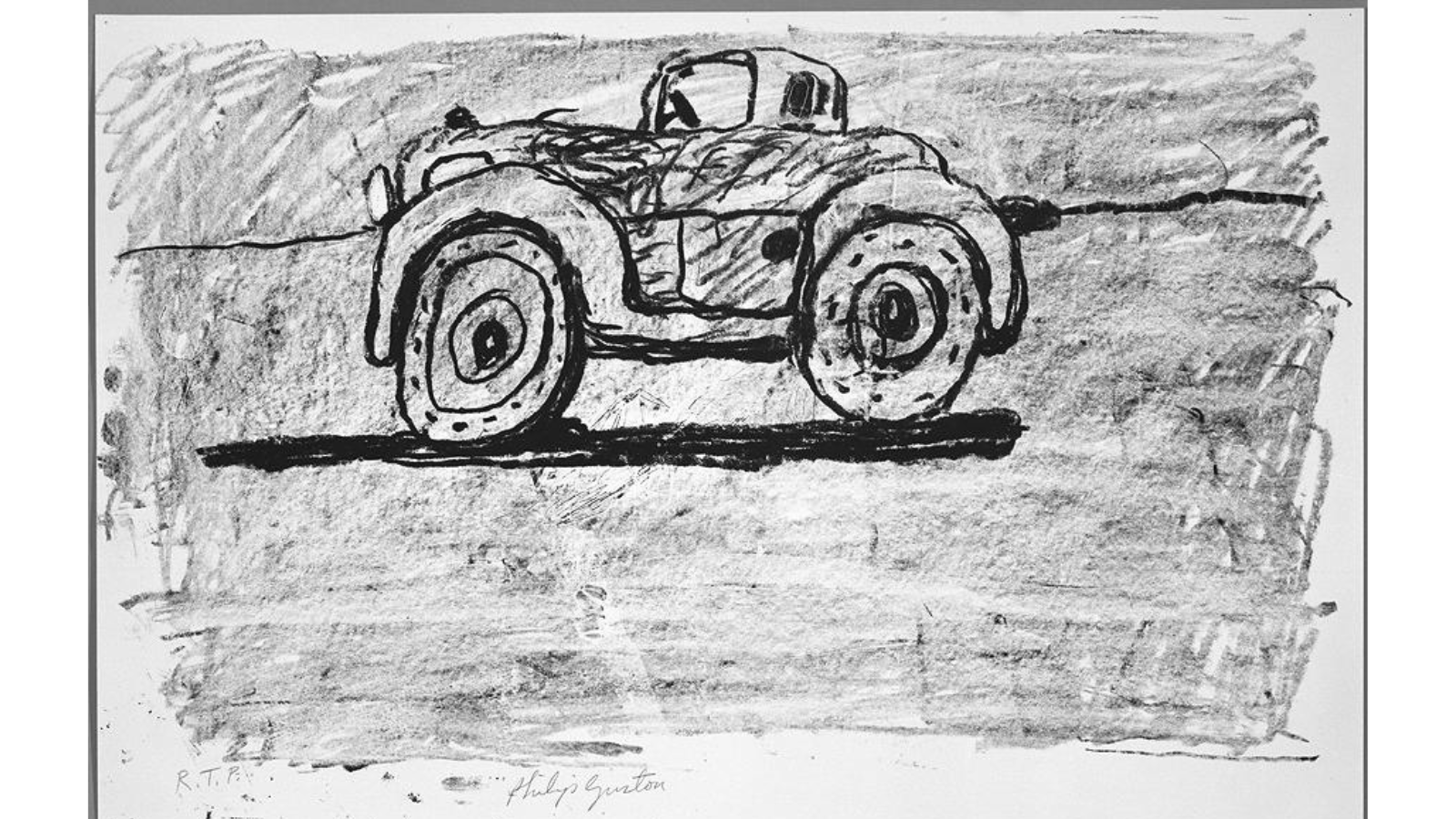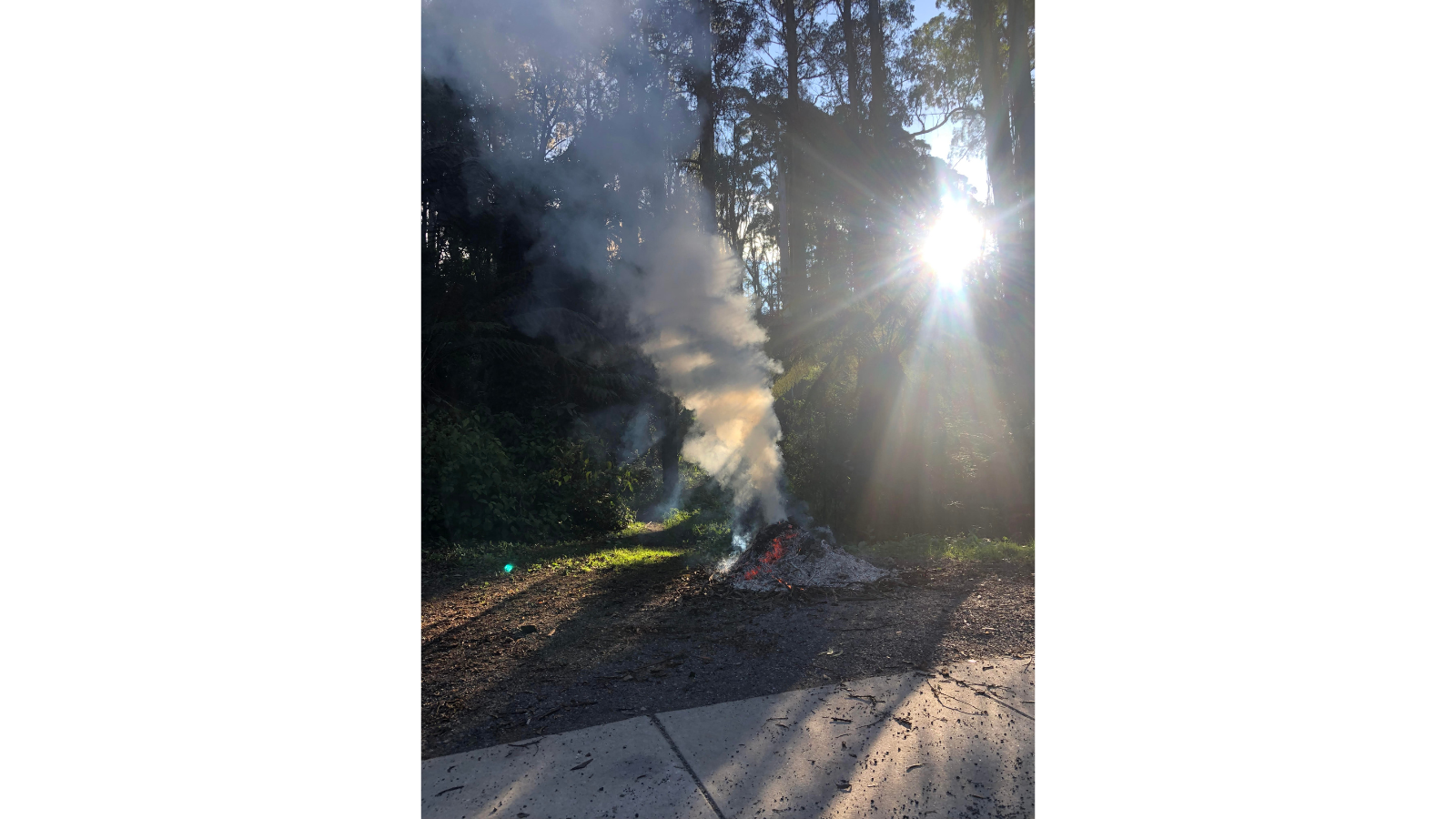Why We Should Respond to Climate Change with Patience, Not Panic
Tony Birch reflects on why urgency (in our rhetoric, at least) is a counterproductive response to climate change. Instead, he argues, we need patience: ‘the only means by which change of substance will eventuate’.

It may appear contradictory to suggest the last rhetorical flush we need when it comes to climate change is urgency. For sure, the state of the planet is desperate. Despite Foreign Minister Julie Bishop claiming that Australia’s – no, the world’s – Great Barrier Reef, is in fine shape, reputable scientists have warned us, time and time again, that the reef is in a dire situation, one that may well result in its death. I could go one here about other aspects of urgency, around clean air, contamination of waterways, drought, increasingly ferocious weather events, etc. etc. Oddly perhaps, I do not think talk of urgency and panic get us anywhere. The language may provoke some to action, and I applaud this. Action is vital. But many run in fear, bury their heads in the proverbial sand and do nothing. This mood of panic has been strategically exploited by the Abbott government in Australia, and other administrations around the globe.
However desperate our situation has become, we need to act with patience not panic. It is the only means by which change of substance will eventuate.
Urgency is the language that allows politicians to look busy-busy. We need more of an outcome from global climate change summits like the one just held in Lima than another piece of paper being thrust at us — while paradoxically, real change to deal with climate change moves at glacial speed. (Although, I suppose, glaciers are moving a little more quickly these days?)
However desperate our situation has become, we need to act with patience not panic. It is the only means by which change of substance will eventuate. Consequently, I have been thinking more about the ways in which Indigenous engagement with land and a philosophy of environment and ecology may provide both an intellectual and scientific way forward for us. (I did mention this on occasion on my recent ‘European tour’, with little response. I think that most people in Europe, like white Australia, relegate Aboriginal knowledge to the status of romantic folklore, at best).
I was speaking to a friend recently, talking about the practice of ‘soft eyes’, used by some Indigenous communities in Australia (and I would think worldwide) in seeing the land. I am not qualified to go into the intricacies of the practice. It would be both foolish and disrespectful to attempt to articulate the cultural and intellectual value of ‘soft eyes’ here. But I do feel qualified to respond to what I regard as the wide cultural lesson to be learned. ‘Soft eyes’ is a way of looking at land, and sky, and water in a way that refuses to focus on a single object or site. By seeing nothing with detailed specificity, one is able to engage more fully with the whole. Another aspect of ‘soft eyes’ is that it takes patience and time, to both learn the technique and respond adequately to what one is actually seeing.
After Lima there will be Paris, and who knows after that. I haven’t checked my schedule. But, in the words of an Aboriginal elder and poet of the nineteenth century, ‘we all become bones … all of us’. There is a holistic reality in these simple words. And a lesson for each of us. We …
Related Posts

Read
Anne-Marie Te Whiu Receives The Next Chapter Alumni Poetry Fellowship
2 Apr 2024

Read
What's on in April: Resident Organisation Round Up
28 Mar 2024

Read
Blak & Bright First Nations Literary Festival returns in 2024
7 Mar 2024

Read
What's on in March: Resident Organisation Round Up
29 Feb 2024

Read
Hot Desk Extract: International
23 Feb 2024

Read
Hot Desk Extract: The Rooms
23 Feb 2024
Share this content